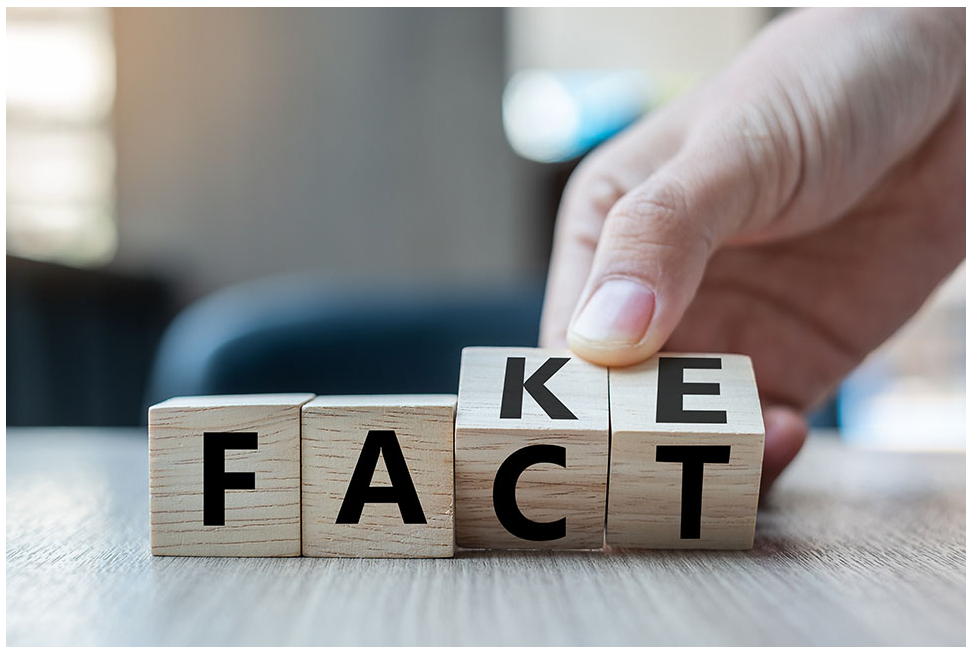In the hopes of being informed, personal research has become more common. Whether people are questioning their stance on a specific policy, wondering whether there is more information compiled about a national news story, or asking what the source of data or information they are reading came from, knowing how to discern between facts and false information is crucial.
Why fact checking matters
As a citizen, fact checking and ensuring the information you take in is accurate remains one of the most important parts of doing research in any form. Consider one scenario: you’re preparing to choose your side regarding an environmental policy. You read the information available and choose your side. But soon enough, it becomes clear the side you supported was based on reviewing only a portion of information available on the subject because the source of information only wanted to share one side.
Perhaps some of the information you gathered was false. As a voter, false information can sway you to vote for candidates who don’t accurately represent your views. Additionally, as fear of “fake news” continues to grow, it’s important to know how to check the facts of any reports or articles you come across. In this article, we’ll discuss different ways to help ensure your fact checking is as thorough as possible.
Tips for fact checking
1. Verify credentials
Whether you’re looking at an independent publication, like a blog post written by a singular individual, or a wider community driven website with many collaborators working on each article, it’s vital to verify the credentials of those reporting what they claim to be facts. A writer’s background and experience can help you know whether their reporting is the most accurate source to turn to. Also be sure to look into the credentials of anyone quoted or claiming to be an expert in what you’re reading.
For example, consider researching the effects of COVID-19. If you’re reading two articles presenting extremely different facts on the matter, a source written by a person whose only credentials are reading a few books on the topic of epidemiology is less likely to present accurate factual information than, for instance, a researcher with a doctorate in epidemiology. Then of course, looking even deeper into who that individual is employed by, what boards or other organizations they might be connected to, may also influence their views, and the opinion or content they publish.
Additionally, try and get a sense of the bias shown in the overall source—if you’re watching the news or reading an article on a news site, does there appear to be bias for certain opinions and political ideologies overall? If so, the source may not be presenting you with all of the available information.
2. Review multiple sources
Another important aspect of fact checking is looking to see if other publications are sharing the same information. This can also help you pick up on details that may be left out from some reporters or researchers. The more perspectives you have on the situation you’re researching, the more likely you are to find your way to a better or clearer depiction of what represents the truth—even if the ‘truth’ is not what you’re presented with directly.
As you review multiple sources, ensure the places you search are reliable. Websites are easily edited, often by anyone. Just as you would be docked points for using Wikipedia as a source on a school essay, you’ll sometimes find the information there is inaccurate.
3. Check yourself
If you’re fact checking, it’s important to carefully review your own thoughts and searching behaviors. When you’re researching with the hope of finding a particular answer, it’s possible for that bias to influence your search terms so you’re only seeing one point of view in the results. Remember—effective research is born out of curiosity, not a determination to prove yourself right. When you choose to reflect on your own biases, you open yourself up to better fact checking practices.
4. Remember, photos and potentially videos can skew facts too
As technology continues to advance, editing photos and videos while making them look real is easier than ever. Just because you see a photo or video that seems to prove a point, it doesn’t necessarily mean it wasn’t doctored to look convincing (or intentionally omitted certain footage). Fact checking applies to any claim and any evidence presented with it, including photography and videography. Additionally, pay close attention not to allow a title or header of a picture to narrow your overall assessment. It’s like they say: “Don’t lose sight of the forest for the sake of the tree.” In other words, it might also be valuable to study what’s going on in the background, or what happened before or after the images you’re viewing, that might have a significant impact on your overall assessment of the facts.
Start small
As you begin your own fact checking journey, start by reading articles on topics you are already well acquainted with. Even social media posts can be fact checked. Pick one fact and investigate it using the suggested tips. The more you practice, the easier it will come to you in the future. All of this will prepare you for active, thoughtful and informed dialogue with family, friends and colleagues, as well as becoming the most informed voter you possibly can.
At Policy vs Politics, we aim to present unbiased information while always citing its source. Our goal is to bring every available piece of information to your awareness, so you can see the entire scope of an issue. Fact checking allows you to become a better researcher no matter what topic you’re learning about or where your information comes from.

